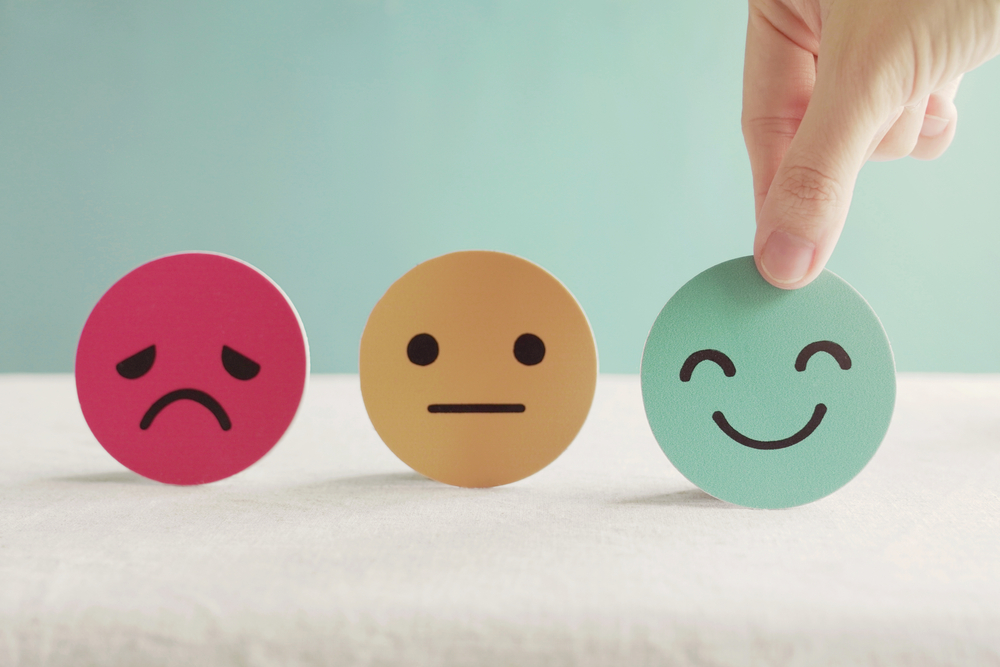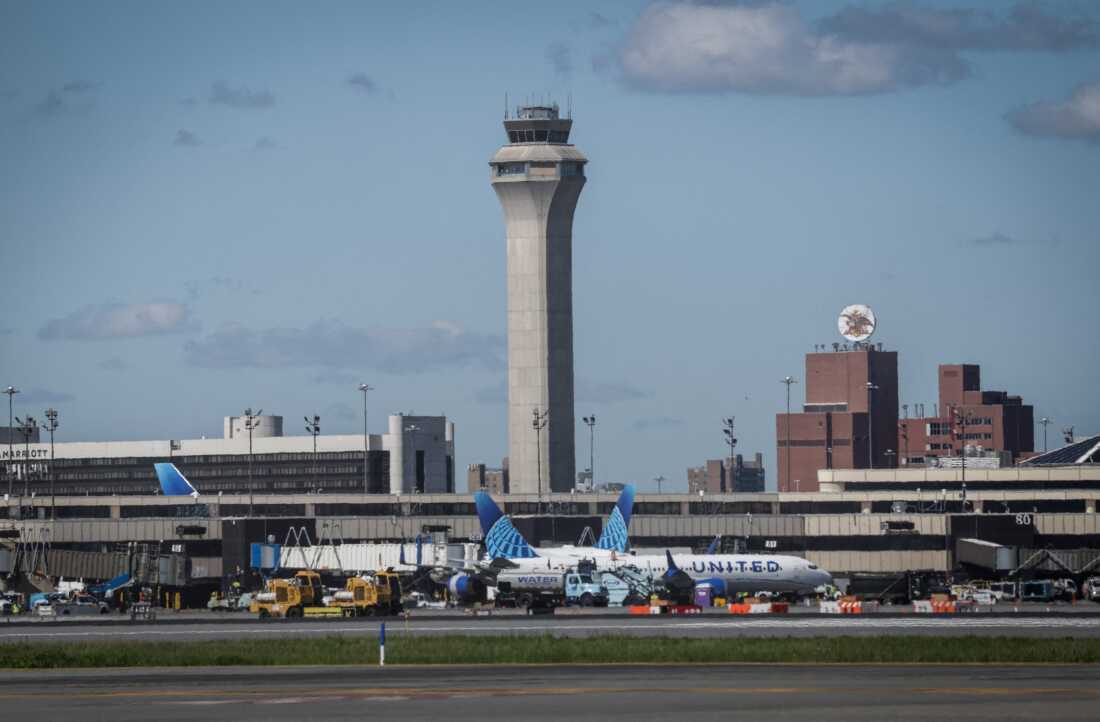There is an underlying issue in classrooms all around the country. Schools have been finding it difficult to deal with the rise of mental health issues for both students and teachers. During the pandemic, kids explored outlets which negatively impacted their own mental health.
Teens started abusing social media, which has been shown to alter brain development. According to the National Center for Education Statistics, only 48% of public schools reported feeling they could effectively tend to their student’s mental health needs.
In today’s world, students face a web of pressure that affects their mental health, but social media plays a critical part in this. Social media is proven to increase feelings of anxiety, depression, loneliness and insecurity. Always being online gives children and some adults an inaccurate perception of reality, leaving them with the pressure of living up to the media’s unrealistic expectations and standards. Also, issues like bullying can now follow people home through their screens.
The lingering effects of the COVID-19 pandemic have influenced behaviors like increased isolation, disturbed routines and academic gaps. These manifest in different ways, depending on the age of the students.
“In elementary school, students tend to lash out and misbehave. In high school, they tend to disengage, leading to chronic absenteeism,” Education Week reported in January. With these challenges come growing demands for support, but many schools are finding themselves under-resourced.
While most of the focus has been on the students, we fail to realize that teachers are struggling too. There is a lack of support staff in many schools due to a lack of funds.
Since mental issues have become more common in students, many teachers are dealing with the fallout from this crisis. Teachers experience their own work-related stressors and now grapple with the added responsibility of supporting students who are struggling emotionally. The stress impacts the overall well-being of teachers and affects the environment they create for their students.
The only way to solve this problem is for schools to hire licensed mental health professionals to support their kids. There are many advocates pushing for increased funding and better mental health training for school staff.
While waiting for action, students and teachers are left to navigate a complex mental health landscape with limited support. Without change, the nation’s educators and youth will remain at risk














